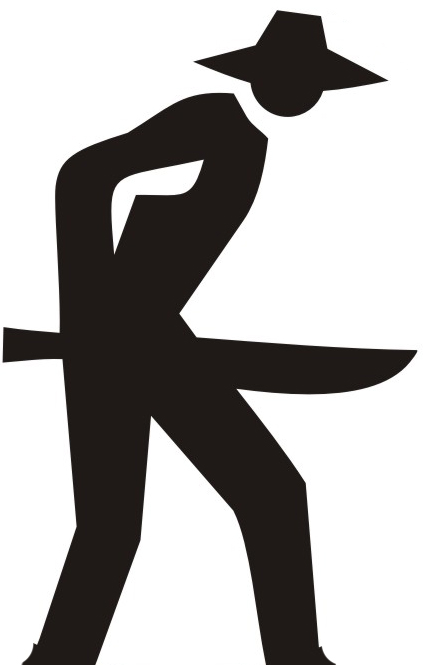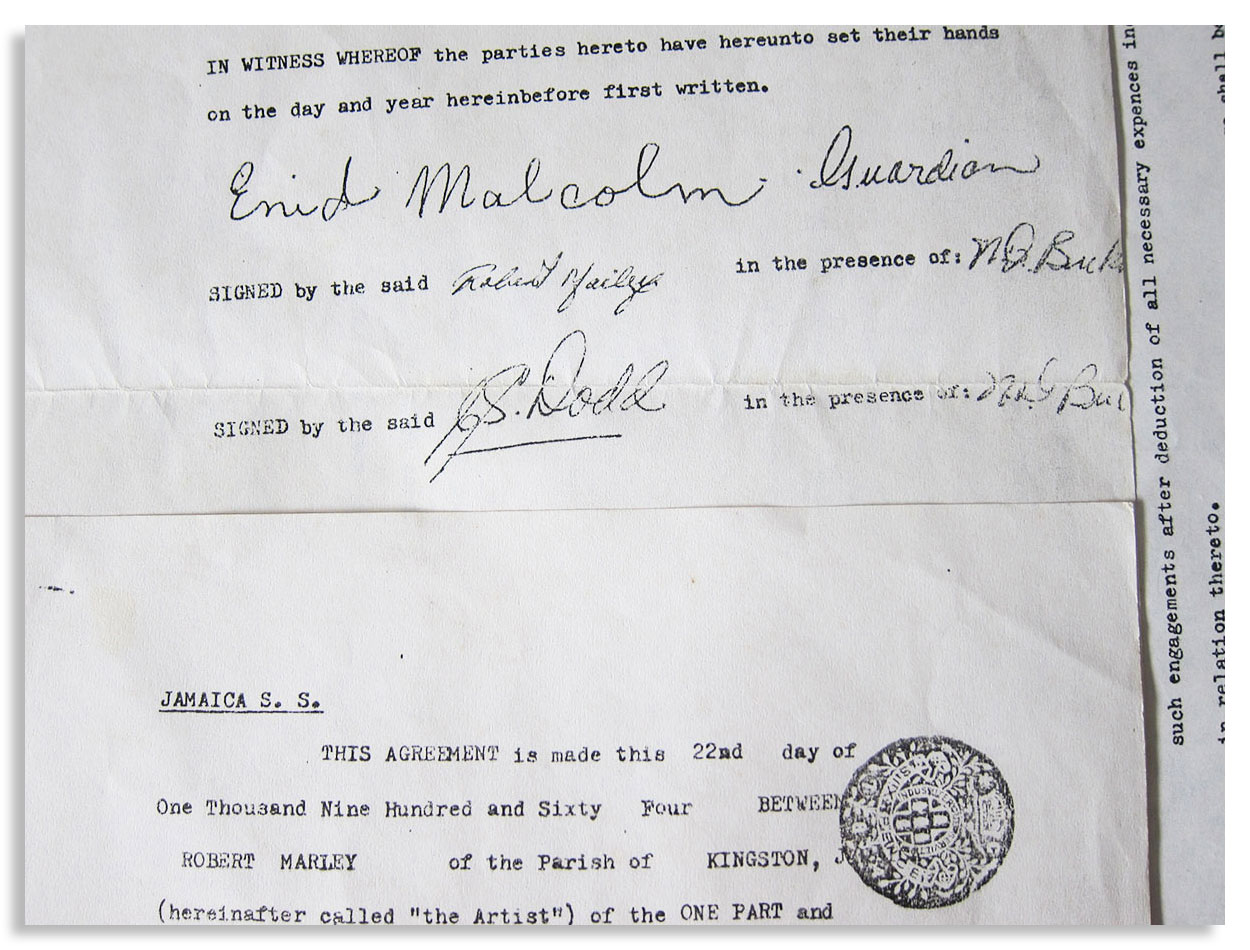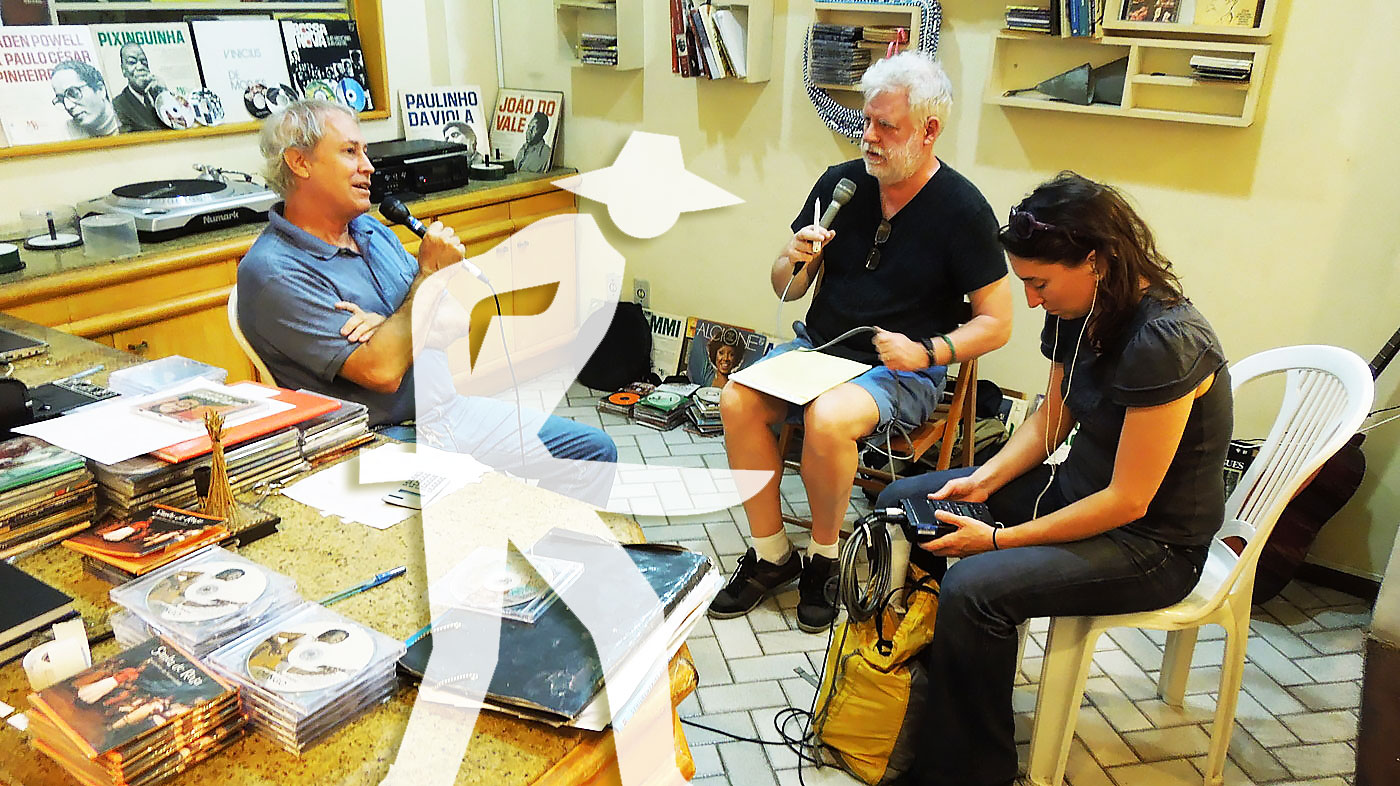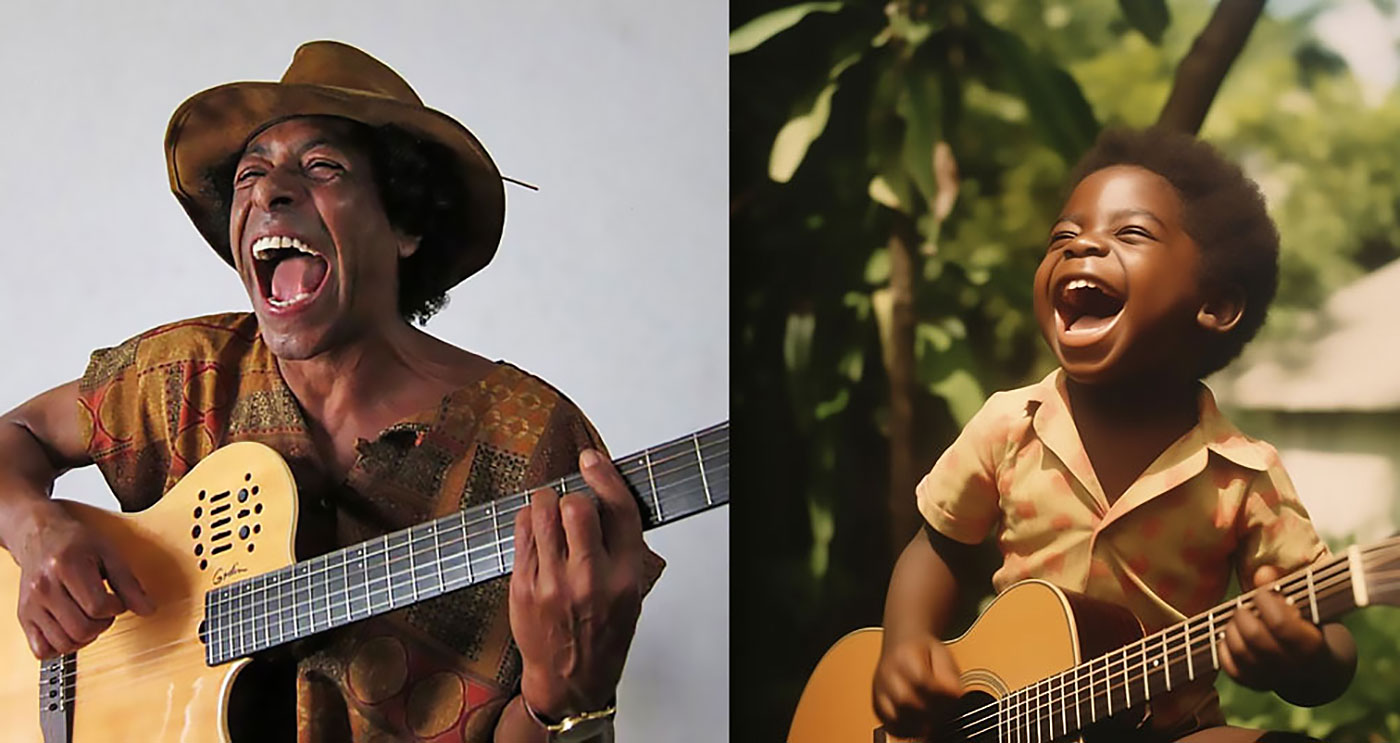CURATION
- from this page: by Matrix
Network Node
- Name: Nelson Ayres
- City/Place: São Paulo
- Country: Brazil
Life & Work
-
Bio:
Apesar de sua postura sempre discreta, Nelson Ayres é amplamente reconhecido como umas das personalidades mais importantes da musica instrumental brasileira contemporânea, um constante inovador.
Iniciou sua carreira na década de 60, dividindo o palco com outros estudantes que traziam para São Paulo o nascente movimento da bossa nova, como Taiguara, Toquinho e Chico Buarque.
Com uma bolsa de estudos, tornou-se o primeiro aluno brasileiro a cursar o afamado Berklee College of Music em Boston, onde, com o saxofonista Vitor Assis Brasil, criou o quinteto Os Cinco, primeiro grupo de musica instrumental brasileira da costa leste americana. Nos Estados Unidos tocou e gravou com Airto Moreira e Flora Purim, Astrud Gilberto no auge de seu sucesso, Ron Carter, Walter Booker e outros músicos de peso.
Na volta para o Brasil, foi procurado por músicos profissionais paulistas para transmitir o que havia aprendido em sua temporada americana. O curso informal montado para estes músicos foi a origem da Big Band de Nelson Ayres, que pode ser considerada o principal núcleo de revigoração da musica instrumental paulista da década de 70. Durante oito anos a orquestra se apresentou todas as segundas feiras para platéias lotadas no Auditório Augusta e Opus 2004, e levou musica instrumental para o circuito universitário.
Foi também figura de destaque nos dois legendários Festivais de jazz São Paulo/Montreux, apresentando-se ao lado de Benny Carter Dizzy Gillespie e Toots Thielemans.
No início da década de 80, gravou seus primeiros discos solo. O primeiro fez parte da série Musica Popular Brasileira Contemporânea, da Phonogram. O segundo, Mantiqueira, tornou-se um disco clássico da musica instrumental.
A década de 80 foi dedicada ao Pau Brasil, um quinteto que propunha para a musica instrumental brasileira um caminho diferente do jazz-rock predominante na época. O grupo fez diversas tournées pela Europa e Japão, além de gravar vários discos lançados internacionalmente.
Com César Camargo Mariano, estrelou em 1984 o espetáculo Prisma, primeiro show brasileiro a usar intensivamente recursos de computação aliados a instrumentos eletrônicos.
Na década de 90, Nelson Ayres voltou-se novamente para a musica orquestral, atuando por nove anos como regente e diretor artístico da Orquestra Jazz Sinfônica do Estado de São Paulo, e o principal responsável por seu enorme sucesso. Tem regido freqüentemente outras orquestras no Brasil e no exterior, incluindo a prestigiosa Orquestra Filarmônica de Israel, considerada uma das melhores do mundo.
A partir de 2000 voltou a dedicar-se ao piano, liderando o Nelson Ayres Trio, que conta com a participação de Alberto Luccas, contrabaixo, e Ricardo Mosca, bateria. Foi também Presidente do júri do Premio Visa de Musica Popular Brasileira, e apresentador do programa Jazz & Cia da TV Cultura.
Atualmente é regente da Orquestra Tom Jobim, uma sinfônica jovem dedicada à música brasileira, e mantém sua parceria de muitos anos com a cantora Mônica Salmaso.
Seu mais recente projeto é a colaboração com o lendário saxofonista inglês John Surman e o vibrafonista norte-americano Rob Waring. O trio gravou o CD Invisible Threads pela prestigiosa gravadora ECM em 2018 e desde então tem sido presença constante nos mais importantes festivais europeus.
Composições de Nelson Ayres foram gravadas por César Mariano, Milton Nascimento, Monica Salmaso, Herbie Mann, Kenny Kotwick, Joyce, Ivan Lins, e Marlui Miranda, entre outros. Suas composições de musica erudita tem sido executadas por orquestras, solistas e grupos de câmara em todo o mundo, como a Orquestra Sinfônica de Jerusalém, New York Symphony Brass Quintet, Henry Bok e Julliard Brass Quintet. Foi comissionado pela Orquestra Sinfônica do Estado de São Paulo para compor seu Concerto para Percussão e Orquestra, estreado em dezembro de 2004 na Sala São Paulo.
English:
Despite his always discreet demeanor, Nelson Ayres is widely recognized as one of the most important personalities in contemporary Brazilian instrumental music, a constant innovator.
He began his career in the 1960s, sharing the stage with other students who brought the emerging bossa nova movement to São Paulo, such as Taiguara, Toquinho, and Chico Buarque.
With a scholarship, he became the first Brazilian student to attend the renowned Berklee College of Music in Boston, where, with saxophonist Vitor Assis Brasil, he formed the quintet Os Cinco, the first Brazilian instrumental music group on the American East Coast. In the United States, he played and recorded with Airto Moreira and Flora Purim, Astrud Gilberto at the height of her success, Ron Carter, Walter Booker, and other heavyweight musicians.
Upon returning to Brazil, he was sought after by professional musicians from São Paulo to pass on what he had learned during his time in America. The informal course he set up for these musicians was the origin of the Nelson Ayres Big Band, which can be considered the main nucleus for the revitalization of instrumental music in São Paulo in the 1970s. For eight years, the orchestra performed every Monday to packed audiences at the Augusta and Opus 2004 Auditoriums, bringing instrumental music to the university circuit.
He was also a prominent figure in the two legendary São Paulo/Montreux Jazz Festivals, performing alongside Benny Carter, Dizzy Gillespie, and Toots Thielemans.
In the early 1980s, he recorded his first solo albums. The first was part of the Contemporary Brazilian Popular Music series by Phonogram. The second, Mantiqueira, became a classic instrumental music album.
The 1980s were dedicated to Pau Brasil, a quintet that proposed a different path for Brazilian instrumental music from the predominant jazz-rock of the time. The group toured extensively in Europe and Japan, as well as recording several albums released internationally.
With César Camargo Mariano, he starred in the 1984 show Prisma, the first Brazilian show to extensively use computer resources combined with electronic instruments.
In the 1990s, Nelson Ayres turned again to orchestral music, acting for nine years as conductor and artistic director of the São Paulo State Symphonic Jazz Orchestra, and the main responsible for its enormous success. He has frequently conducted other orchestras in Brazil and abroad, including the prestigious Israel Philharmonic Orchestra, considered one of the best in the world.
From 2000 onwards, he returned to focusing on piano, leading the Nelson Ayres Trio, which includes Alberto Luccas on bass and Ricardo Mosca on drums. He was also President of the jury for the Visa Award for Popular Brazilian Music and presenter of the Jazz & Cia program on TV Cultura.
He is currently the conductor of the Tom Jobim Orchestra, a young symphony orchestra dedicated to Brazilian music, and maintains his longstanding partnership with singer Mônica Salmaso.
His most recent project is collaboration with legendary English saxophonist John Surman and American vibraphonist Rob Waring. The trio recorded the CD Invisible Threads for the prestigious ECM label in 2018 and has since been a constant presence at major European festivals.
Nelson Ayres' compositions have been recorded by César Mariano, Milton Nascimento, Monica Salmaso, Herbie Mann, Kenny Kotwick, Joyce, Ivan Lins, and Marlui Miranda, among others. His classical music compositions have been performed by orchestras, soloists, and chamber groups worldwide, such as the Jerusalem Symphony Orchestra, New York Symphony Brass Quintet, Henry Bok, and Julliard Brass Quintet. He was commissioned by the São Paulo State Symphony Orchestra to compose his Concerto for Percussion and Orchestra, premiered in December 2004 at Sala São Paulo.
Contact Information
- Contact by Webpage: http://nelsonayres.hospedagemdesites.ws/contatos/
Media | Markets
- ▶ Charts/Scores: http://nelsonayres.hospedagemdesites.ws/partituras-2/
- ▶ Instagram: nelson.ayres
- ▶ Website: http://nelsonayres.hospedagemdesites.ws
- ▶ YouTube Music: http://music.youtube.com/channel/UCSM414SquwJu_pfGiyvEEmw
- ▶ Spotify: http://open.spotify.com/album/5AhRPfiD4MOGsVzXdjfwGo
- ▶ Spotify 2: http://open.spotify.com/album/5Rtbb0h981MGW0CwLq5S1Z
- ▶ Spotify 3: http://open.spotify.com/album/7CrHRdKavCFzg3usOTAkwG
- ▶ Spotify 4: http://open.spotify.com/album/1ud5Nh8i1Jilsq83DyHTIk
- ▶ Spotify 5: http://open.spotify.com/album/5YkIz1JOCioE3gTTbrTBrM
- ▶ Spotify 6: http://open.spotify.com/album/0pmk7O4YxLhg5JWwrWX5rx
Clips (more may be added)
The Matrix is a small world network. Like stars coalescing into a galaxy, creators in the Matrix mathematically gravitate to proximity to all other creators in the Matrix, no matter how far apart in location, fame or society. This gravity is called "the small world phenomenon". Human society is a small world network, wherein over 8 billion human beings average 6 or fewer steps apart. Our brains contain small world networks...
![]() Wolfram MathWorld on the Small World Phenomenon
Wolfram MathWorld on the Small World Phenomenon
![]() Matemática Wolfram sobre o Fenômeno Mundo Pequeno
Matemática Wolfram sobre o Fenômeno Mundo Pequeno
"In a small world, great things are possible."

It's not which pill you take, it's which pathways you take. Pathways originating in the sprawling cultural matrix of Brazil: Indigenous, African, Sephardic and then Ashkenazic, European, Asian... Matrix Ground Zero is the Recôncavo, contouring the Bay of All Saints, earthly center of gravity for the disembarkation of enslaved human beings — and the sublimity they created — presided over by the ineffable Black Rome of Brazil: Salvador da Bahia.
("Black Rome" is an appellation per Caetano Veloso, son of the Recôncavo, via Mãe Aninha of Ilê Axé Opô Afonjá.)
"Dear Sparrow: I am thrilled to receive your email! Thank you for including me in this wonderful matrix."
—Susan Rogers: Personal recording engineer for Prince, inc. "Purple Rain", "Sign o' the Times", "Around the World in a Day"... Director of the Berklee Music Perception and Cognition Laboratory
"Thanks! It looks great!....I didn't write 'Cantaloupe Island' though...Herbie Hancock did! Great Page though, well done! best, Randy"
"We appreciate you including Kamasi in the matrix, Sparrow."
—Banch Abegaze: manager, Kamasi Washington
"This is super impressive work ! Congratulations ! Thanks for including me :)))"
—Clarice Assad: Pianist and composer with works performed by Yo Yo Ma and orchestras around the world
"Dear Sparrow, Many thanks for this – I am touched!"
—Julian Lloyd-Webber: UK's premier cellist; brother of Andrew Lloyd Webber (Evita, Jesus Christ Superstar, Cats, Phantom of the Opera...)
"Thanks, this is a brilliant idea!!"
—Alicia Svigals: World's premier klezmer violinist
Developed here in the Historic Center of Salvador da Bahia ↓ .
![]() Bule Bule (Assis Valente)
Bule Bule (Assis Valente)
"♫ The time has come for these bronzed people to show their value..."
Production: Betão Aguiar
MATRIX MODUS OPERANDI
Recommend somebody and you will appear on that person's page. Somebody recommends you and they will appear on your page.
Both pulled by the inexorable mathematical gravity of the small world phenomenon to within range of everybody inside.
And by logical extension, to within range of all humanity outside as well.
MATRIX (PARDAL)
I'm Pardal here in Brazil (that's "Sparrow" in English). The deep roots of this project are in Manhattan, where Allen Klein (managed the Beatles and The Rolling Stones) called me about royalties for the estate of Sam Cooke... where Jerry Ragovoy (co-wrote Time is On My Side, sung by the Stones; Piece of My Heart, Janis Joplin of course; and Pata Pata, sung by the great Miriam Makeba) called me looking for unpaid royalties... where I did contract and licensing for Carlinhos Brown's participation on Bahia Black with Wayne Shorter and Herbie Hancock...
...where I rescued unpaid royalties for Aretha Franklin (from Atlantic Records), Barbra Streisand (from CBS Records), Led Zeppelin, Mongo Santamaria, Gilberto Gil, Astrud Gilberto, Airto Moreira, Jim Hall, Wah Wah Watson (Melvin Ragin), Ray Barretto, Philip Glass, Clement "Sir Coxsone" Dodd for his interest in Bob Marley compositions, Cat Stevens/Yusuf Islam and others...
...where I worked with Earl "Speedo" Carroll of the Cadillacs (who went from doo-wopping as a kid on Harlem streetcorners to top of the charts to working as a janitor at P.S. 87 in Manhattan without ever losing what it was that made him special in the first place), and with Jake and Zeke Carey of The Flamingos (I Only Have Eyes for You)... stuff like that.

Yeah this is Bob's first record contract, made with Clement "Sir Coxsone" Dodd of Studio One and co-signed by his aunt because he was under 21. I took it to Black Rock to argue with CBS' lawyers about the royalties they didn't want to pay (they paid).
MATRIX MUSICAL
I built the Matrix below (I'm below left, with David Dye & Kim Junod for U.S. National Public Radio) among some of the world's most powerfully moving music, some of it made by people barely known beyond village borders. Or in the case of Sodré, his anthem A MASSA — a paean to Brazil's poor ("our pain is the pain of a timid boy, a calf stepped on...") — having blasted from every radio between the Amazon and Brazil's industrial south, before he was silenced. The Matrix started with Sodré, with João do Boi, with Roberto Mendes, with Bule Bule, with Roque Ferreira... music rooted in the sugarcane plantations of Bahia. Hence our logo (a cane cutter).
A Massa (do povo carente) / The Masses (of people in need)

-
Add to my PlaylistA Massa - Raymundo Sodré (7,093 plays)
-
Add to my PlaylistSina de Cantador - Raymundo So... (6,909 plays)
-
Add to my PlaylistMagnetismo - Raymundo Sodré ... (6,353 plays)
-
Add to my PlaylistSacando a Cana - Raymundo Sodr... (5,957 plays)
-
Add to my PlaylistMêrêrê - Raymundo Sodré (5,465 plays)
-
Add to my PlaylistJardim do Amor - Raymundo Sodr... (4,677 plays)
-
Add to my PlaylistDebaixo do Céu - Raymundo Sodr... (4,151 plays)
-
Add to my PlaylistDesejo de Amar - Raymundo Sodr... (3,861 plays)
-
Add to my PlaylistOração pra Yá Oxum - Raymundo ... (3,741 plays)
-
Add to my PlaylistYá África - Raymundo Sodré (3,509 plays)
-
Add to my PlaylistMeu Rio, Cadê o Papel - Raymun... (3,177 plays)
-
Add to my PlaylistCasa de Trois - Raymundo Sodré... (2,896 plays)
-
Add to my PlaylistMulher é Laço que Prende o Coração do Vaqueiro - R... (2,556 plays)



































































































































































































































































































































































































































































